ART CITIES:London-Beatriz Milhazes
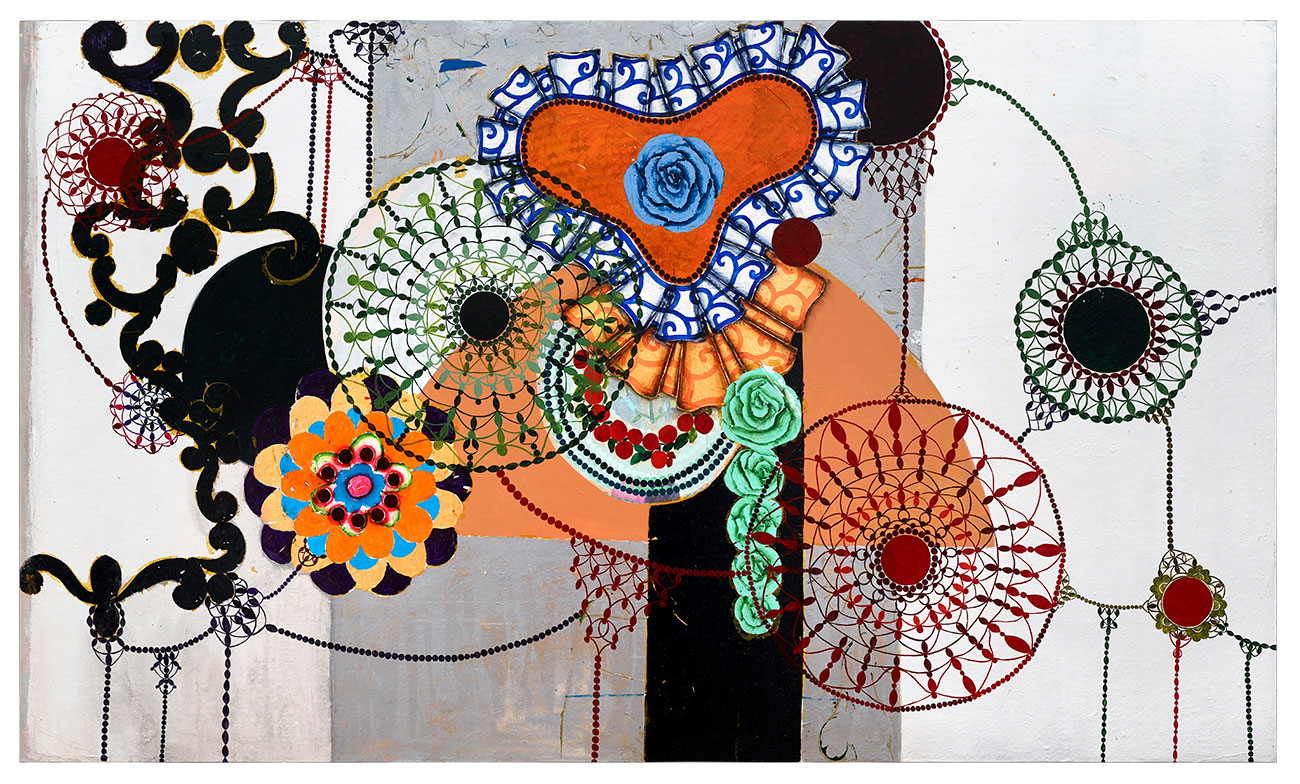 Beatriz Milhazes’s work bursts with a chromatic and freeing vitality. Renowned for her visual language rooted in painting, collage, and printmaking, she draws on her native Rio de Janeiro. Her use of color and geometry is mined from the botanical gardens and the Tijuca forest near her studio, the surrounding city, its ocean front, and the cultural motifs of Brazil—and from memory.
Beatriz Milhazes’s work bursts with a chromatic and freeing vitality. Renowned for her visual language rooted in painting, collage, and printmaking, she draws on her native Rio de Janeiro. Her use of color and geometry is mined from the botanical gardens and the Tijuca forest near her studio, the surrounding city, its ocean front, and the cultural motifs of Brazil—and from memory.
By Efi Michalarou
Photo: Tate Archive
The exhibition “Maresias”, celebrates the evolution of her approach over four decades, while also highlighting nature as an enduring and increasingly important theme in Beatriz Milhazes’s work. “Maresias” refers to the salty sea breeze that is part of Milhazes’s everyday life in the coastal city of Rio de Janeiro. The exhibition encourages us to reflect on our own relationship to the environment. Milhazes says, “my context has been surrounded by forests, mountains and coastal experiences; the development of a ‘tropical’ way of thinking. It was very special to exhibit my work at Turner Contemporary and now at Tate St Ives – to smell the sea salt breeze of the same ocean as Rio de Janeiro. Same water, different cultures, but in the end it is all about life”. Milhazes emerged in the 1980s as a leading figure in the important Brazilian art movement Geração Oitenta (1980s Generation), which moved away from the austere conceptual art of the previous decade and embraced painting as a form of energy and expression. Known for intensely colorful, large-scale abstract canvases which present energetic contradictions, Milhazes’s careful and deliberate compositions have the appearance of spontaneity. Slick surfaces conceal small details of cracks and layers, which signify the importance of history and memory to her painting process. The exhibition takes the viewer through a journey of Milhazes’s work since 1989; a breakthrough moment for Milhazes when, frustrated by the appearance of brushstrokes, which she saw as signs of the artist’s hand, she developed her distinctive ‘monotransfer’ technique in which she paints her own motifs onto plastic sheeting before transposing them onto canvas. This process offers the possibility to retain the fidelity of the colours and intensify the effects of fluorescent and metallic pigments. Milhazes is influenced by multiple sources including Brazilian and European modernism, Catholic iconography, Baroque colonial architecture, and the vernacular culture and heritage of Brazil. Her work reveals her relation to applied arts from where she has taken inspiration for her motifs such as abstracted flowers, oceans, trees, plants, suns and stars. Milhazes’s more pronounced use of forms including waves, petals and circles have come to characterise her distinctive visual language. The exhibition opens with Milhazes’ paintings from the late 1980s and 1990s, including “Eu só queria entender por que ele fez isso” (1989) and “Casa da Maria” (1992). Here, Milhazes incorporates lacework, ruffles and gilded rosettes onto canvases rich with references to Rio Carnival Parade, Catholic iconography and Baroque colonial architecture. The early 1990s marked a breakthrough moment for Milhazes. Frustrated by the appearance of brushstrokes, which she saw as signs of the artist’s hand, Milhazes developed her distinctive “monotransfer” technique in which she paints her own motifs onto plastic sheeting before transposing them onto canvas. This process offers the possibility to retain the fidelity of the colors, and intensify the effects of fluorescent and metallic pigments. It also allows Milhazes to create a smooth and defiant surface without losing the painterly quality, from which she can build her images, adapting the concept of collage to her painting practice. Works from the next decade are on display, from expansive paintings such as “Fleur de la passion: Maracujá” (1995–6) to the denser compositions of “Maresias” (2002) and “Férias de verão” (2005). These paintings, some of which were shown in the Brazilian Pavilion at the Venice Biennale in 2003, explore how Milhazes has expanded and refined the monotransfer technique in canvases characterised by geometric shapes, arabesque lines and dazzling color. Milhazes has recently said that, “My endearments are made of the breath and speed of the forests, the flowers, the leaves. The power of the waves, the water, the oceans. The fascinating animal shapes. The movement of the Earth’s rotation, the Sun, the Moon, day, night, the sky, global connectivity.” Reflecting this, the Large South Gallery will be dedicated to the spiritual experience of being in nature. Motifs such as abstracted flowers, oceans, trees, plants, suns and stars reveal Milhazes’ close attention to the landscape, the changing seasons and nature’s beauty and fragility. Works influenced by the botanical gardens and Tijuca forest near her studio, as well as Rio de Janeiro’s ocean front, include “O sol de Londres” (2003) as well as the more recent “Douradinha em cinza e marrom” (2016) and “Margueritola” (2014–15). Together, they reflect how Milhazes’ use of forms including waves, petals and circles has become more pronounced, characterising her distinctive visual language. The Irene Willett Gallery will present a selection of collages, sharing the artist’s approach to this medium combining found papers and packaging. Milhazes also looks to her city’s context, its vibrant culture and social contrasts for inspiration, as well as the spiritual experience of being in nature, The Tijuca forest, Copacabana beach and Rio de Janeiro’s Botanical Gardens. References to art, architecture and popular culture are layered upon one another, reflecting her fascination with the ‘high low’ and the hybridity of everyday life in Brazil.
Photo: Beatriz Milhazes, Fleur de la passion: Maracuja,1995-96, Thibault Poutrel Collection. Photo Thomas DuBrock. © Beatriz Milhazes Studio
Info: Curators: Anne Barlow, Assistant Curator: Giles Jackson, Tate St Ives, Porthmeor Beach, St Ives, Cornwall, United Kingdom, Duration: 25/5-29/9/2024, Days & Hours: Daily 10:00-17:20, https://www.tate.org.uk/
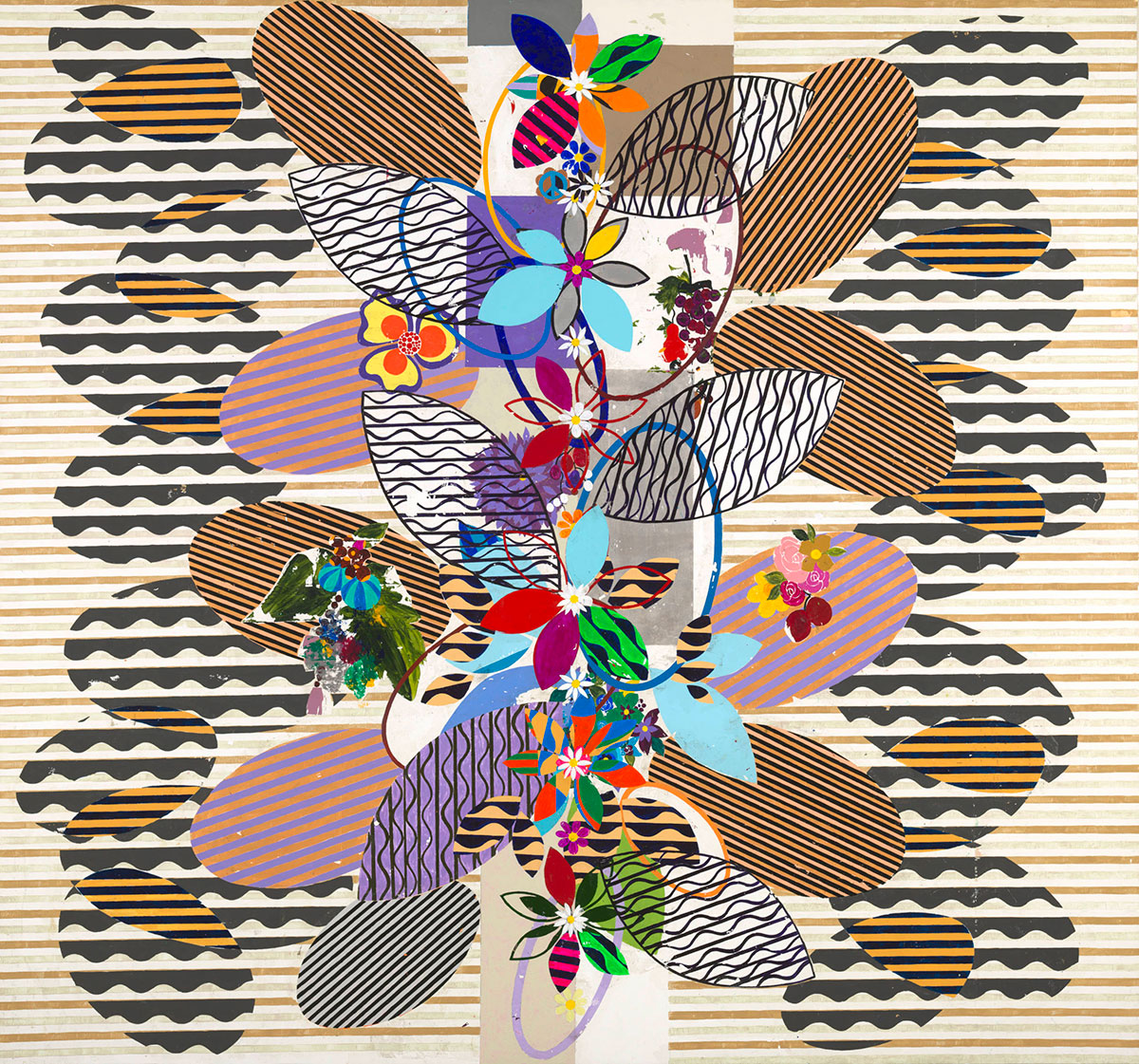
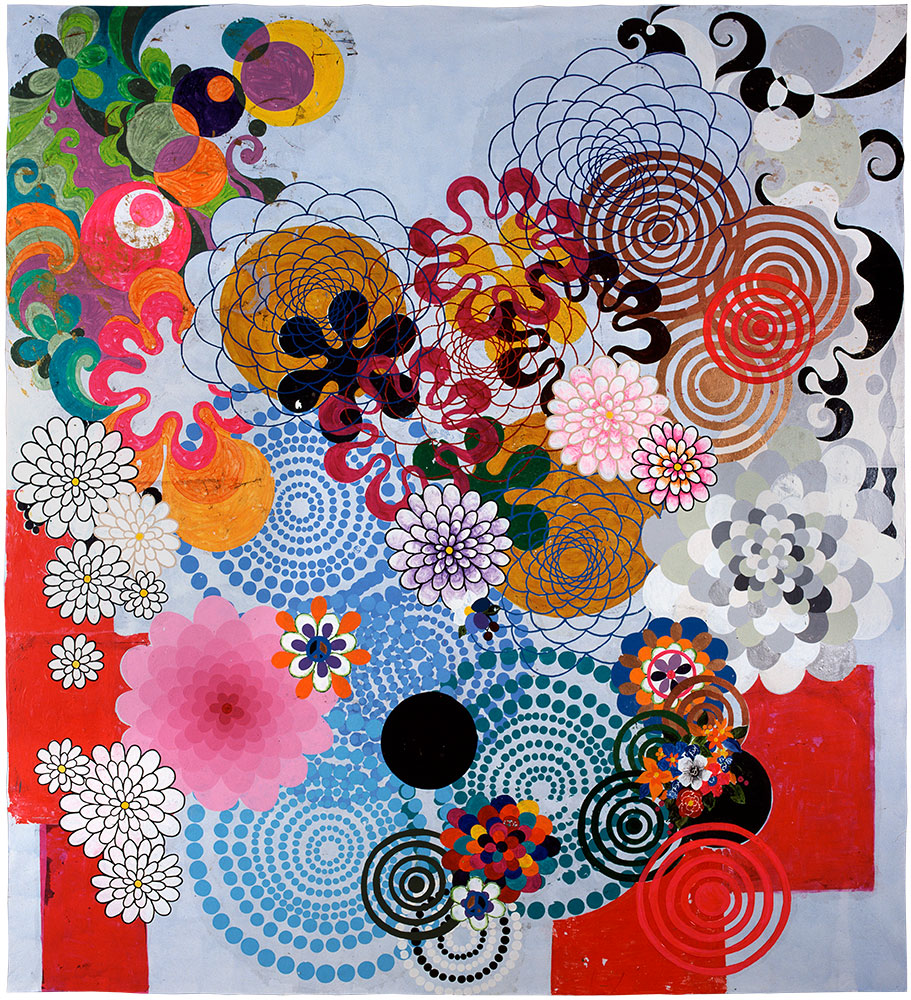
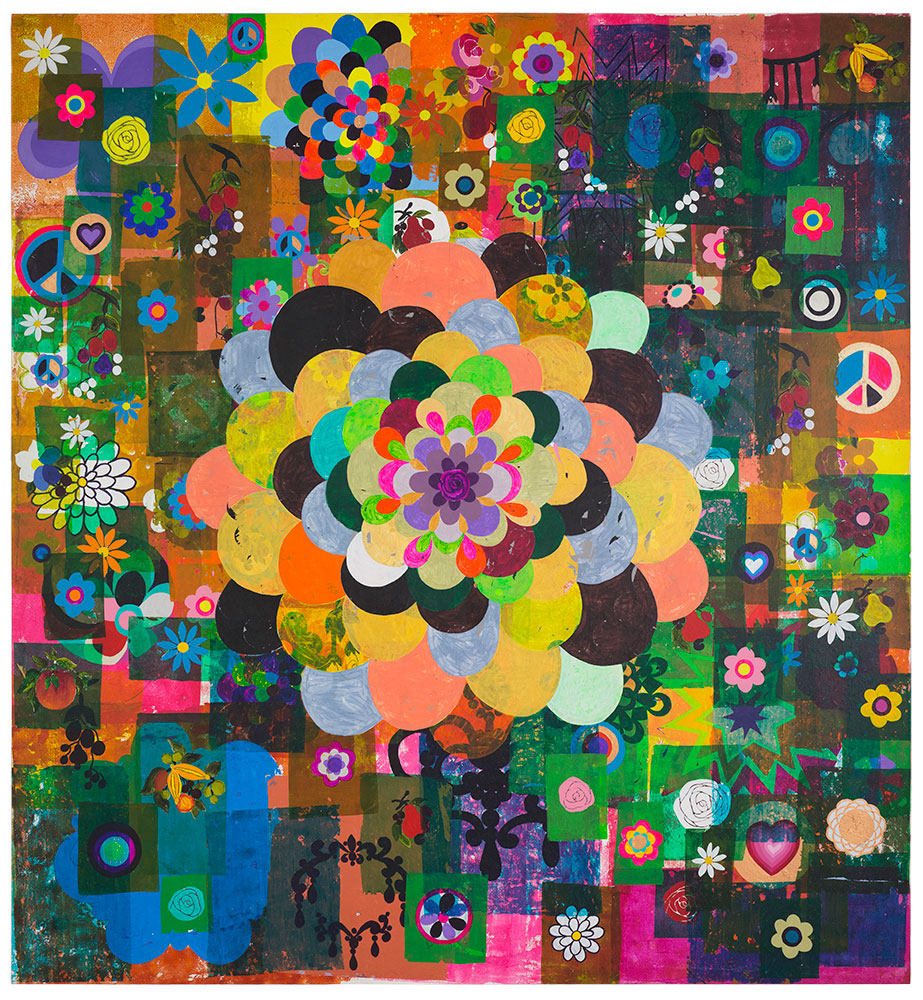
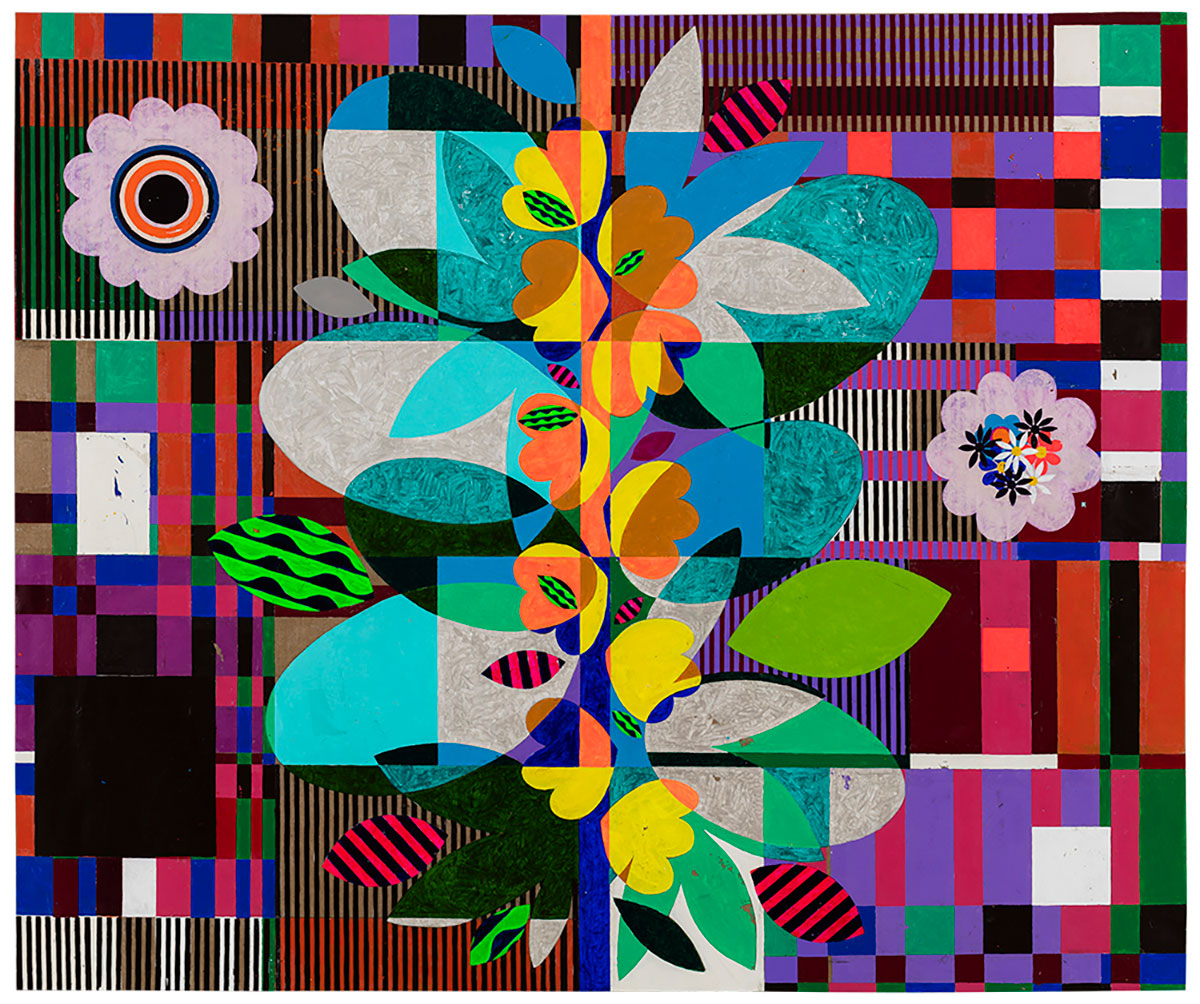

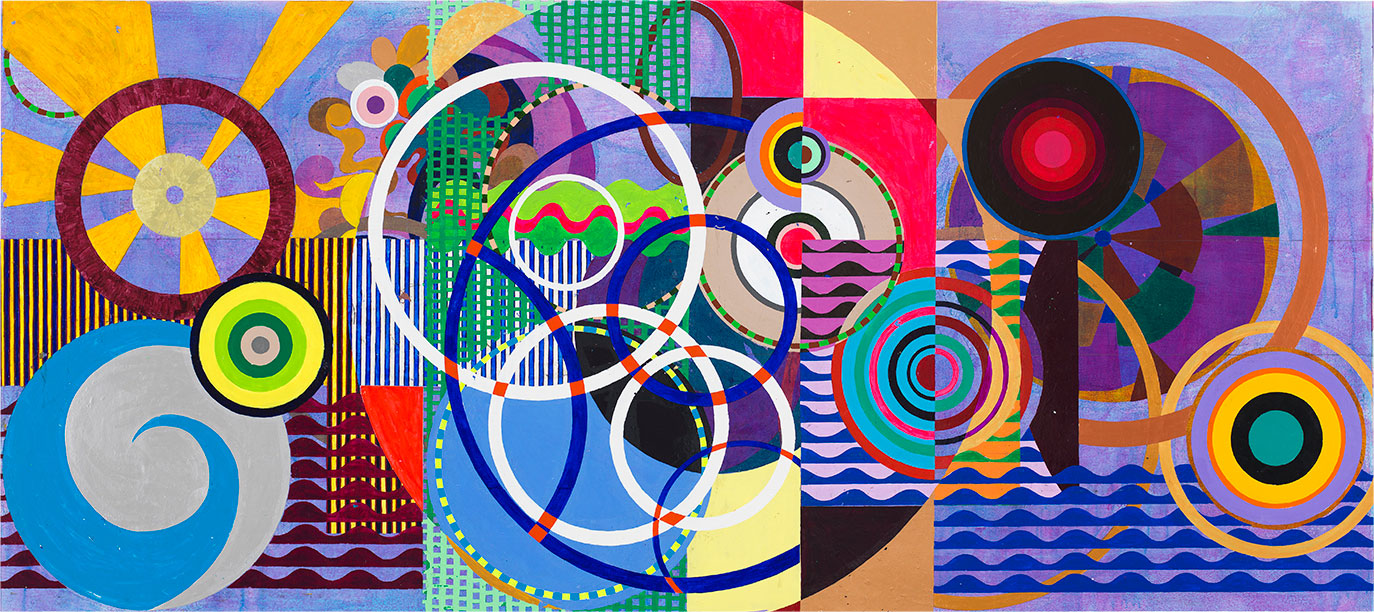
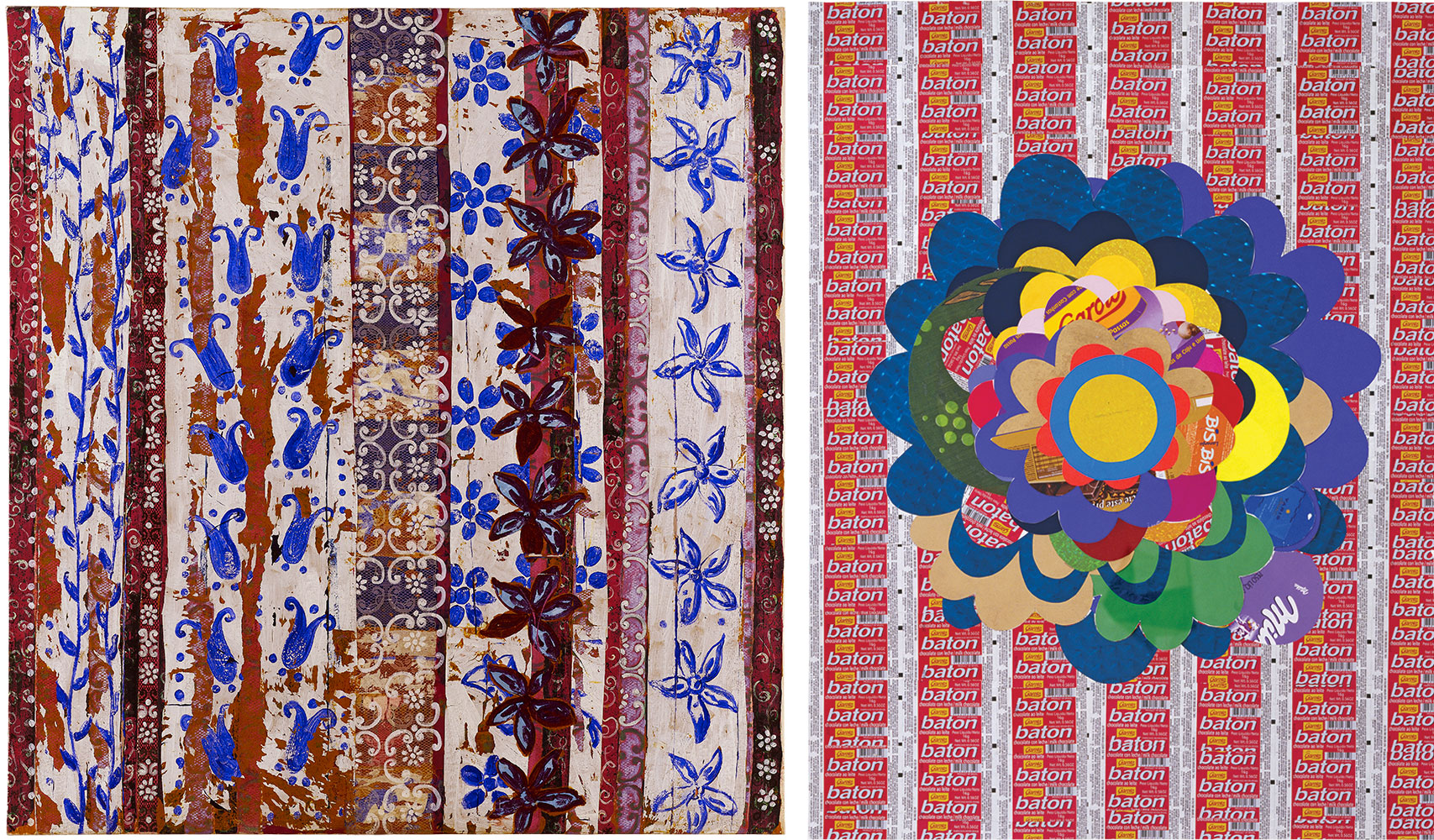
Right: Beatriz Milhazes, Leblon 3, 2004, Thomas Dane, London. Photo Eduardo Ortega. © Beatriz Milhazes Studio
